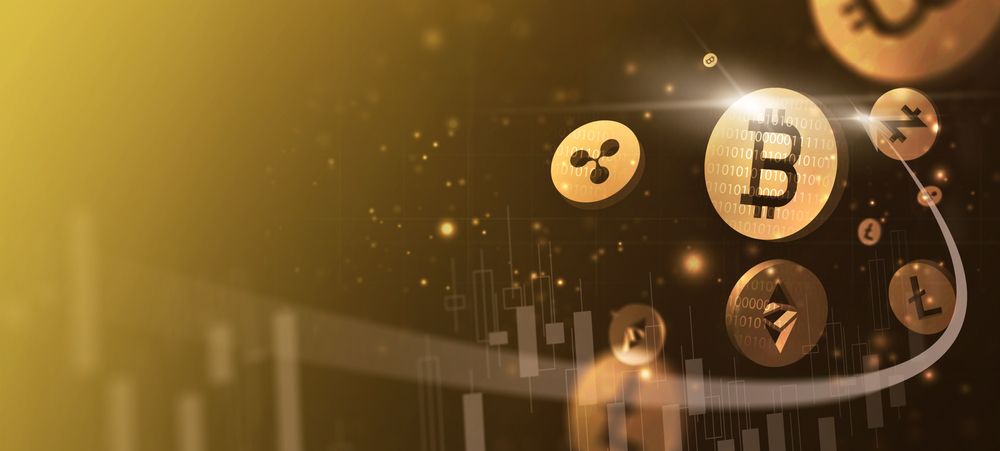OKX, one of the top cryptocurrency exchanges, recently released its February 2023 Proof-of-Reserves report, which showed that the platform holds $8.6 billion in ‘clean assets.’ OKX conducted the report in conjunction with CryptoQuant, a leading on-chain data provider,
CryptoQuant analyzed OKX’s reserves and found that OKX’s wallets hold 100% “clean” assets. Binance and Huobi, on the other hand, have 94% and 61% of “clean” assets, respectively.
OKX Achieves a 104% Reserve Ratio For BTC, ETH, And USDT
In a recently released Proof-of-Reserves report, OKX reported maintaining reserve ratios of 104% for Bitcoin (BTC), 104% for Ether (ETH), and 102% for USDT. The exchange claims that over 175,000 unique users have visited its Proof-of-Reserves page since the initiative’s late 2020 launch.
Lennix Lai, the Managing Director of Financial Markets for OKX, underscored the critical significance of Proof of Reserves in the release, highlighting OKX’s commitment to remaining at the forefront of this topic. He explained that fostering user trust is paramount, and OKX remains dedicated to this goal.
At the beginning of the year, the exchange stated that $7.5 billion in assets passed CryptoQuant’s metric for “cleanliness.” The metric gauges the reliance of an exchange on its token.
According to CryptoQuant’s data, OKX still has a fully “clean” reserve. In contrast, Binance has a “cleanliness” rating of 94%, while Huobi has a rating of 61%.
In an interview in January, OKX’s CMO, Haider Rafique, clarified that their native token was not meant to finance the company but to provide discounts for their most active customers. He stated that the native coin was “never a great component of our trade or treasury.”
Rather, it aimed to ” engage our most active users and offer them an opportunity to pursue discounts via exercises on the platform.”
The Best Proof-of-Reserve Rating
In a report last month, OKX released its third proof of reserves, detailing that the $7.5B reserves do not incorporate its native token. The report indicates that the exchange is overcollateralized, with ETH and BTC having a reserve ratio of 105%, respectively, and USDT of 101%.
OKX released the precise breakdown of its asset mix to measure the “cleanliness” of its reserves based on CryptoQuant’s cleanliness metric. This metric evaluates how much an exchange relies on its token.
The metric shows that OKX has 100% of its reserves without its token, while Binance has 87%, Bitfinex has 70%, and Huobi has 60% of its reserves with their native tokens. Furthermore, in a recent interview, OKX’s CMO, Haider Rafique, mentioned that everyone would gain considerable knowledge in the next six to twelve months.
He added that the industry participants could assess each other’s proof of reserves collaboratively and question each other for the best outcomes. Rafique further declared that OKX would publish a proof-of-reserves report each month and initiate a bug bounty program to motivate developers to inspect the report for any potential mistakes or other issues the crypto firm must tackle.
The report is essential in ensuring that OKX is a trusted and transparent platform for users to trade cryptocurrencies. It demonstrates the exchange’s commitment to providing its customers with a secure and compliant environment. OKX’s recent PoR might serve as an inspiration to other crypto exchanges.
